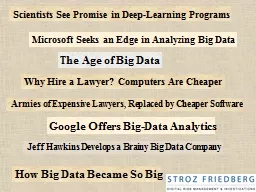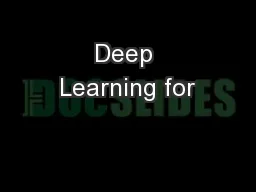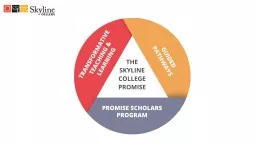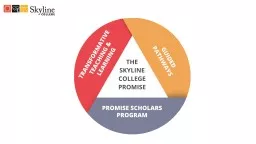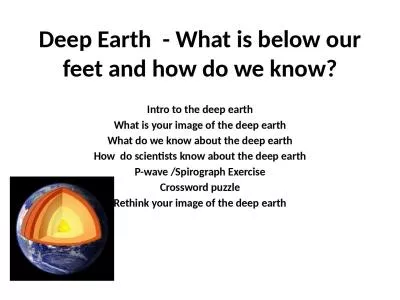PPT-Scientists See Promise in Deep-Learning Programs
Author : lois-ondreau | Published Date : 2016-12-10
Microsoft Seeks an Edge in Analyzing Big Data Jeff Hawkins Develops a Brainy Big Data Company Google Offers BigData Analytics The Age of Big Data How Big Data Became
Presentation Embed Code
Download Presentation
Download Presentation The PPT/PDF document "Scientists See Promise in Deep-Learning ..." is the property of its rightful owner. Permission is granted to download and print the materials on this website for personal, non-commercial use only, and to display it on your personal computer provided you do not modify the materials and that you retain all copyright notices contained in the materials. By downloading content from our website, you accept the terms of this agreement.
Scientists See Promise in Deep-Learning Programs: Transcript
Download Rules Of Document
"Scientists See Promise in Deep-Learning Programs"The content belongs to its owner. You may download and print it for personal use, without modification, and keep all copyright notices. By downloading, you agree to these terms.
Related Documents

